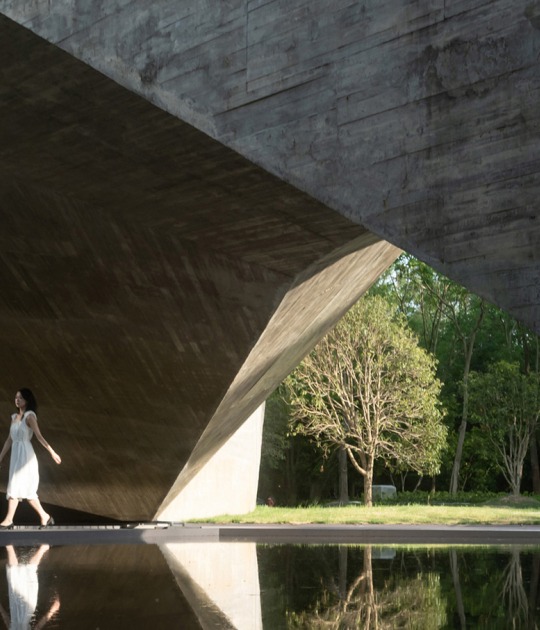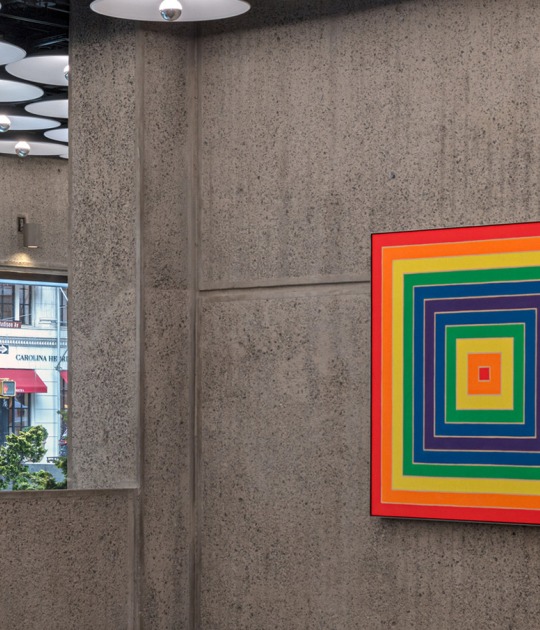Description of the project by Tabanlıoğlu Architects
First founded in 1884, the State Library building was originally the soup kitchen and Caravanserai of a complex that included a kitchen, a primary school, a hospital, a madrasah and a hammam. The library is a section of the Kulliyah of the Beyazıt Mosque- the oldest surviving imperial mosque in the city- built by Sultan Beyazıt II and completed in 1506. The complex (Kulliyah) spatially surrounds and defines the historic Beyazıt Square.
Adjacent to Beyazıt Mosque, the Library is located in theBeyazıt Square that is connected to the spine of the historical peninsula, Divanyolu, and is one of the most vibrant spaces in the old part of the city.
The quarter, where the State Library sits, is infused with historical connections of a literary nature; the old-book bazaar (bouquiniste) that is set in a courtyard leads toBeyazıt Gate, one of the main entrances of the Grand Bazaar. The front façade of the library backs the monumental plane tree under which is the traditional open air coffee shop serving since the Ottoman times.
The exemplary updating and fine-tuning of the State Library involved the sensitive re-organization of the interior and careful restoration of the building fabric with its prominent multi-domed roof. In place of the former concrete roof, Tabanlioglu Architects installed a light and transparent inflatable membrane structure which covers the courtyard, filtering the daylight and providing a controlled atmosphere. In the renovated shell of the building, the black glass boxes devoted to the manuscripts,stand as a monolithic object of awe that are of a stark contrast to their surroundings.
Lighting Design by studio Dinnebier, echoes the spatial and historical qualities of the complex, introducing geometric harmony with its surroundings, while the soft lighting at the edges of the raised floor, that follows the wall contours introduce another layer of depth to the spaces.
The flow through the building was modified in order to best serve its modern function with the main entrance now through the courtyard. A modest extension, respectful of the scale of the existing building, has been added to the northeast façade of the existing Library. Modern Turkish publications sit on the second floor and periodicals on the first, while the ground level houses the rare book collection, publications in the Ottoman era and other Ottoman, Arabic and Persian manuscripts that are now kept in air conditioned transparent cabins exclusively designed to fit in the intense atmosphere while preserving the legacy.
The ‘minimal intervention’ approach ensures the spirit of the place survives while modern facilities are grafted onto the historic fabric.The project aims further for environmental betterment, and urban regeneration of the public realm by reviving all the traces and capacities, principally the Beyazıt Public Square.







































